-
Content Count
410 -
Joined
-
Last visited
-
Days Won
90
Content Type
Profiles
Forums
Gallery
Calendar
Articles
Store
Posts posted by Des
-
-
A Couple of easy but tasty shallow fried versions for whiting fillets with some different added flavours.
PARMESAN CRUMBED WHITING
Mix Garlic salt and Cornflour, dust & coat the fillets.
Mix Panko crumbs, fine grated parmesan and Italian herb mix in a bowl. Then spread out on plate.
Dip flour coated fillet into beaten egg.
Lay fillets on to the parmesan crumb plate. Allow to sit a while to have a good coating adhere.
Pan fry till golden brown in Butter/Olive oil mix.
FURIKAKE CRUMBED WHITING
Baste or marinade fillet in Sesame oil & Miso paste mix.
Dust with Rice flour and Sesame seed mix.
Dip Rice flour coated fillet into beaten egg.
Mix Panko crumbs and Furikake Ebi Fumi in a bowl. Then spread out on plate.
Lay fillets on to the Furikake crumb plate. Allow to sit a while to have a good coating adhere.
Pan fry till golden brown in Sesame/peanut oil mix.
- Serve with a seaweed or any Japanese style salad. A squeeze of Kewpie mayonnaise on the fillets as well.
Enjoy! Cheers Des
-
4 hours ago, yellow door 1 said:
Maybe try prawning vids - where guys go at night with lights and underwater cameras - you'd see a variety of fleeing I imagine
Or a night wade over the flats would give you a first hand view and maybe get a tasty feed of gars and prawnsThanks Man
 I knew you would find some
I knew you would find some 
Yes I do go wading at night on a few occasions. I always see them skipping along on the surface. However they are the smaller juveniles.
-
@yellow door 1 finds all sorts of YouTube videos.

See if you can find one of fleeing prawns


I have looked and can't seem to find any
-
1 hour ago, Kelvin said:
Nice work Des
Thats an impressive flounder
I'm still waiting to get my first metro Yellowfin. I've seen one or two but they are not schooling up yet
Thanks for sharing those observations. It confirms everything else I am hearing and seeing.
We need a good spell of 30+C. To shift that cold thermal lag and sustain the water temperatures at a higher temperature plateau. It is a sustained period of higher water temperatures that provides the environmental parameters for the "summer season".
-
It has been one of the slowest starts to the Yellow Fin Whiting lure fishing season here in S.A.
Adelaide finally got it’s first 30c degree day in 7 months, this November.
It has been a disappointing weather pattern. As soon as we have a warm day, it is followed immediately by a cool change and several days with temperatures in the teens. A sustained warm spell is needed to put some deep set warmth into the water. At present water temps, still hover around the teens. Well short of the 20+C that makes those big Yellow Fin Whiting rabid hunters. The hotter the better. My favourite YFW spot has the Big Mamas ravenous at 22C.
Nonetheless we have to get our fishing fix and take what is available.
There are plenty of YFW about for the bait fisher. And sub surface lures like the Ecogear ZX are more productive in cooler waters.
At present the most common catch on surface lures are Salmon Trout. In good sizes too, not your small summer sprats. Their presence is a clear indicator of the cooler water temps.
Flathead are providing a good option to break the monotony of unproductive casts for Whiting.
They don’t mind the current water temperatures. Too hot and the baitfish along with the Flathead disappear from the wading shallows.Whereas the hotter shallow water see the juvenile prawn population thriving and the YFW voraciously feeding on them.
The Ecogear ZX gives you both options. It will take Flathead and YFW. Although you will need to modify your retrieve depending on which fish you want to attract. With whiting it is always the continuous retrieve of a fleeing prawn. For Flathead it is the high lift, pause, retrieve, repeat. For Flathead it is all about the “hang time’” above their eyes. A not infrequent by catch is the odd Flounder. Tasty when cooked fresh. Should you come to a Flathead holding hot spot, my go to lure at present is the OSP Bent Minnow which certainly attracts their attention. These catches in current conditions, necessitate you target a variety. And for those keen on Salmon Trout, you can certainly come away with a full bag.
Mixed bags are what I am getting in these “transitionary” conditions.
But I am keenly looking forward to a heatwave !!!!
Cheers, Des.
-
On 25/11/2022 at 8:24 PM, MIKECATTS said:
Used 3 spools and no lost lures.. I tried a new line today.. Very thin and casts for miles..
Some just rewards for the effort. But every trip teaches you a bit more or offers something new

What is the new line Mike? Any better than Kastking?
Would love to see a video of that prawn moving. I have searched for some in the past with no success.
Should any one find one, please post it up here.
Cheers, Des
-
Good work Mike. I love exploring new spots.
Sometimes it gets me into trouble and deep water
 But the rewards are worth it.
But the rewards are worth it.
They are still a little shy in my spots. Only a couple on lures last couple of trips. I have tested the waters with bait and there are plenty around.
This season has had a slow start. And looking ahead at the weather it will be that way for a while.
Just have to keep searching for those warm pockets of water and the right conditions.
Cheers, Des
-
-
39 minutes ago, foxbat said:
What lures are you using?
Everyone has their own particular preferences. And sometimes you can come across a few uncommon lures that will work very well in your area.
This is my run down on lures:
-
A nice couple of beauties to start the season with Mike.


 Great to see you seize the small window of opportunity that there was.
Great to see you seize the small window of opportunity that there was.
It really has been poor weather and late start to the season, this year. And it has since turned to crap again. I have managed to get quite a few with bait in August this year but have not yet had a surface lure session.
Hopefully this Thursday.
-
-
11 hours ago, Territory Lad said:
It's about that time of year. Hopefully it's a good one and people get on to a few.
After a very cold start to spring, it looks like a cracker October long weekend ahead.
The water temperatures in the upper gulfs have hit 16C. That is like throwing the switch on, for the Flathead and YFW.
A Happy long weekend of fishing to all.
Cheers Des
PS. ..... and some favourable dodge tide conditions

-
DODGE TIDES … YOU BEAUTY!
Many Yellow Fin Whiting fishers complain about Dodge tides. They find it difficult to catch fish during a dodge.
I feel the dodge tides present an opportunity to easily catch fish.
Dodge tides are small and always with a higher water height at low tide. They do not spread the fish out far and wide across the sand flats. The fish are held in a concentrated area for a prolonged spell. Most often the fish will be congregate on the lower food rich sand flats. On nipper and worm rich flats nearer to the weed lines. The experienced YFW fisher who has previously worked the same spots, having previously followed normal tides out and back in, will know the terrain and exactly where to go at their regular spots.
At times on a dodge the YFW may seem lethargic and uninterested in your offering. YFW are stimulated to feed by water movement. And normally there is little movement on a dodge tide. However the movement and stimulation can be provided by a variety of other small factors.
In the SA Gulfs the tide is amplified the further north you go. So a small tide movement is a bit larger if you chose a location further north in the gulf. The lay of the land, channels, weed beds, etc can accentuate what little movement there is. So fish those spots of slightly greater water flow. Like a sand flat near the opening of a channel that will experience any small water movement from that channel draining or filling.
Wind always stimulates feeding in YFW. And even more so on a dodge. Check the forecasts and fish a time when the wind picks up. Late afternoons are good. A strong sea breeze creates a wind tide, with enough movement to stimulate feeding on these otherwise listless “Dodgy days”. In cooler weather periods, it is the smaller water body of a dodge tide that will warm up quicker. So dodge tides actually present some opportunities.
I had a good recent session on a dodge tide. One of frequent good dodge tide sessions. On this day, I started fishing at the bottom of the tide, early in the afternoon. The low tide was at the higher level of 1.00mt. The next high was small and about 12 hours away. There was going to be very little natural tidal movement. However the wind was predicted to turn SW and pick up on this arvo. Given that the opening to our Gulfs face SW, SW winds in or gulfs always produce a higher tide. And do produce a wind tide. At the bottom of the tide, I was positioned to benefit from any movement. I worked an area of sand flats adjacent the weed line which had a number of channel openings in it.
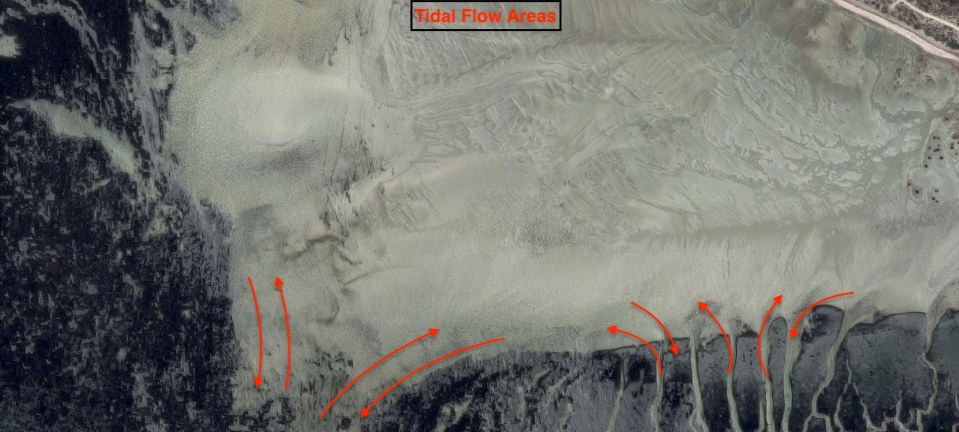
Any water movement was going to be felt here. Fish were lingering around the area from the start. Lazily cruising around in the extra pools of low tide water that the dodge holds. They took some coaxing at first. But as the wind picked up, they certainly got a lot more aggressive. The water movement was noticeable even if a bit slow, if compared to a regular tide.
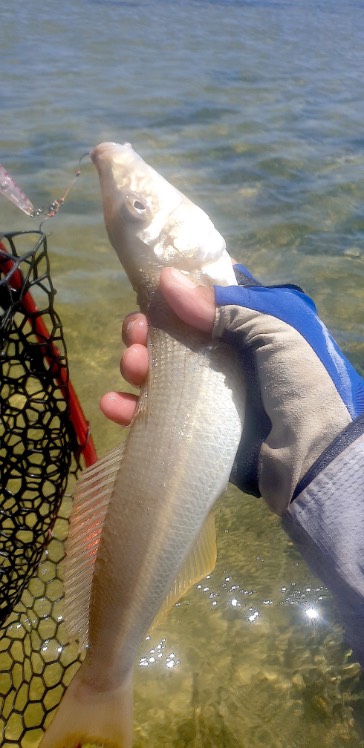
There was no need for small lures and timid fishing, with the stiffening breeze. The Sugapen 95 did most of the damage on this day.
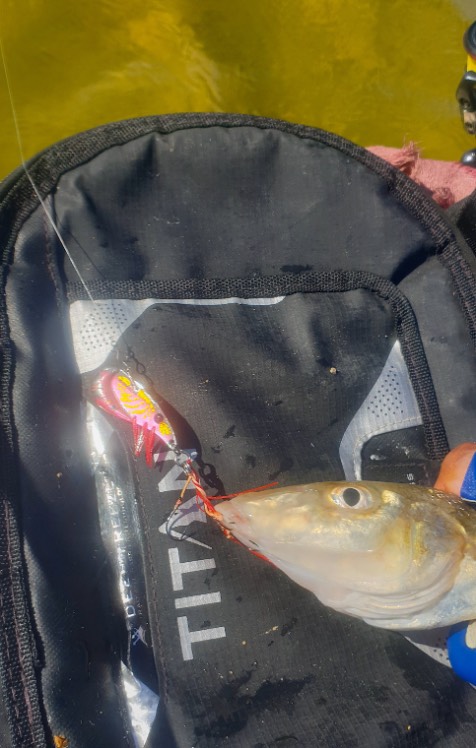
Late in the session it got a bit too choppy. A switch to sub surface with the Ecogear ZX caught the last few fish. There were some very solid fish at around 40cm in the catch.
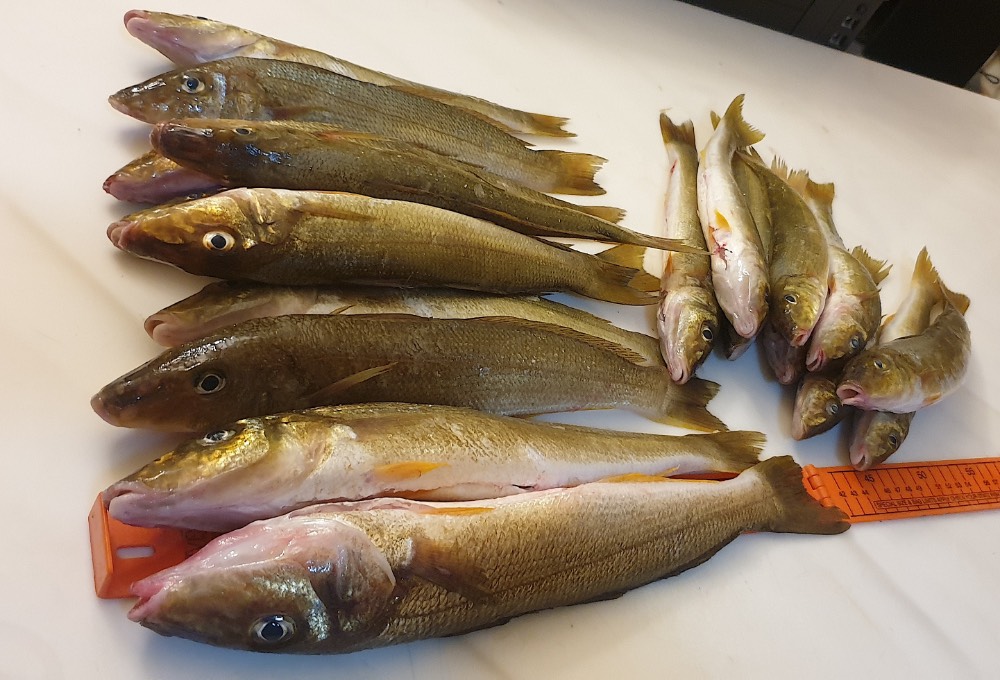
It finished up being a very satisfying day going to plan.
Cheers, Des
-
-
2 hours ago, Plectropomus said:
I live in FNQ, and did go to my local tackle shop. He reckoned he bought some sort of automotive gasket material and uses that! Can't remember what it wass and cannot get it any more.
Give Rob Wilson at South Oz Rods a call 08 8261 5455 . A very approachable and helpful guy. He will give you the right advice. Worst case, post him your reels. He will have it sorted and posted back. Lots n lots of experience with that guy and an exceptional reputation.
Hope it all works out for you.
-
5 hours ago, MIKECATTS said:
Des.. How do you find the 6.2:1 ratio as to the 5.2:1?
When retrieving some of my lures.. Im pumping the winder and it does give me a sore wrist after hours and hours of casting.... I put a longer handle on it.. Makes a little difference but I still get a sore wrist... Hence why I was thinking of the 6.2:1 ratio.. I can always slow the lure down but getting it to go fast is whats bothering me.. Or am I dreaming? Most of my fishing is having the lure pop about on the surface and always moving...
I really have to look after my wrists these days if I am to enjoy this pastime for many more years.
I occasionally have to use a wrist support brace. Also I have had to developed amphidextrous abilities to share the strain across both left and right wrists & arms.
The higher gear ratio is essential for YFW surface fishing. So I never use anything under 6:1. However that cannot be taken in isolation. You also need to consider the circumference of the spool. Hence a 2500/3000 reel is so much better than a 1000 reel with the same gear ratio. They provide a greater line retrieval rate (retrieve speed).
Gear Ratio (spool rotations) X Spool Circumference (spool size)= Line Retrieval Rate (retrieval speed)
Easier to slow a lure down if fast, rather than speed it up IMO.
A good article: https://surffishingsocalsd.com/how-to-choose-a-fishing-reel-numbers-gear-ratios-etc/
“For example, a 4.4:1 gear ratio reel with a 2-inch-diameter spool will recover 13.8 inches of line per turn of the handle. A 6.2:1 ratio reel with a 1.5-inch-diameter spool will recover less than 11 inches of line per handle turn. Therefore, it is the size of the spool in combination with gear ratio that most affects the recovery of the line."
Cheers, Des
-
Found the dimensions for the Vanford Spool
Basically 2mm longer. I find with lure casting no discernable difference.
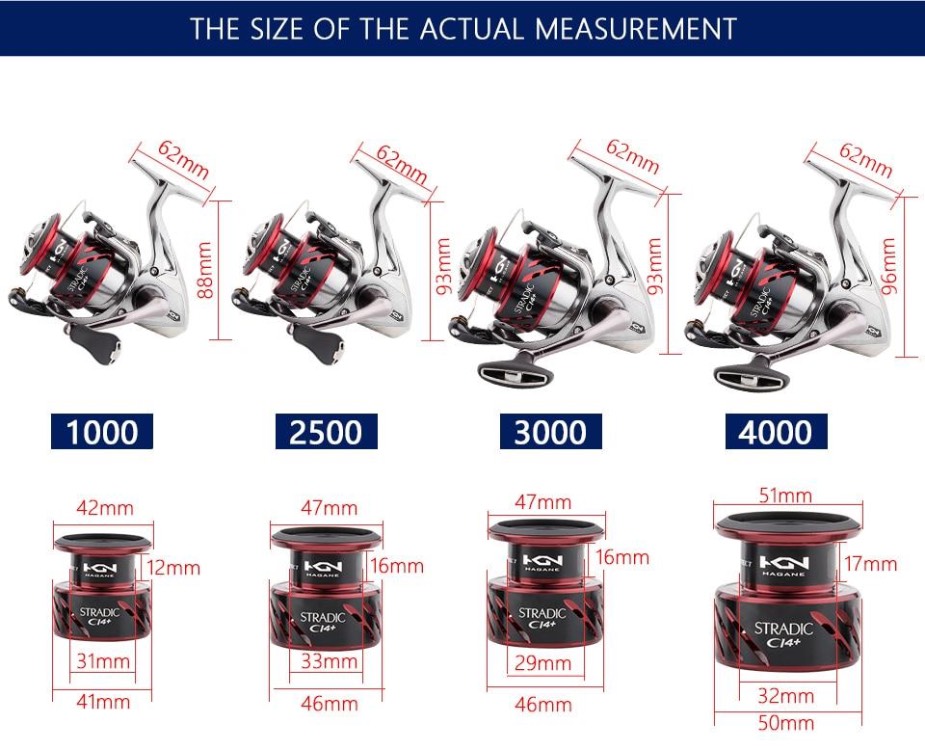
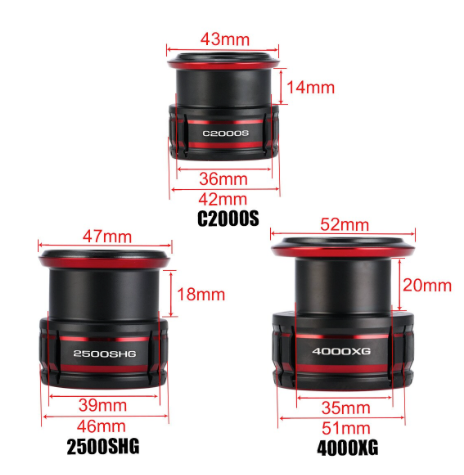
-
1 hour ago, yellow door 1 said:
Heres some stuff Ive heard or tried for long casting with bream gear
Lightest line you can possibly get away withFG Knots
Filling spool dangerously close to the lip
Smooth casting action, so lures dont tumble in the air or just use lures that arent prone to tumbling and are slightly heavier.
Having a rod correctly matched to the lures you throw most often
Ive been told long rods are the go -but Ive never gone much longer than 7 foot.
Long casting surf and carp spinning reels tend to have long, fat spools and I remember the super fat alveys being a great distance casting reel.
I also use 2500 for the fatter spool - but Ive never actually gone down to the park with different out fits to see which one casts the best. That would be the only way to be sure which outfit was your gun long caster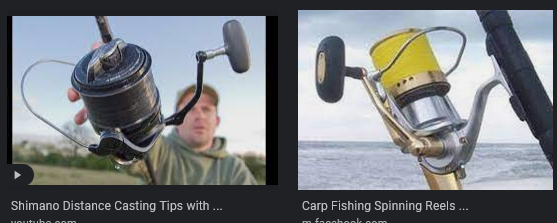
Yes ... Rod, Line, Lure, leader Knots introduce a whole lot of different factors for the cast distance of lures.
My preference is to use a 7' 6" rod for mainly 4 to 9 gram lures.
However I am focussing only on the variables with the reels/spools here.
-
What are some of the factors that effect cast distance in Spinning Reels?
My main application is casting light weight surface lures.
A larger spool diameter I find provides me with a longer cast. Hence I prefer using 2500 size reels over 1000 size.
Spool length I am unsure of. I have a Vanford 2500 which has a longer spool to it's predecessor the Stradic 2500 Ci4+ but not a wider spool.
I don't feel a noticeable difference in the length of cast with the longer spool.
Are they any other factors to consider in a reel to improve your casting?
Cheers, Des
P.S. Attached a the spool size specs for the old Stradic Ci4+. Should anyone find one similar for the Vanford could you post it up please.
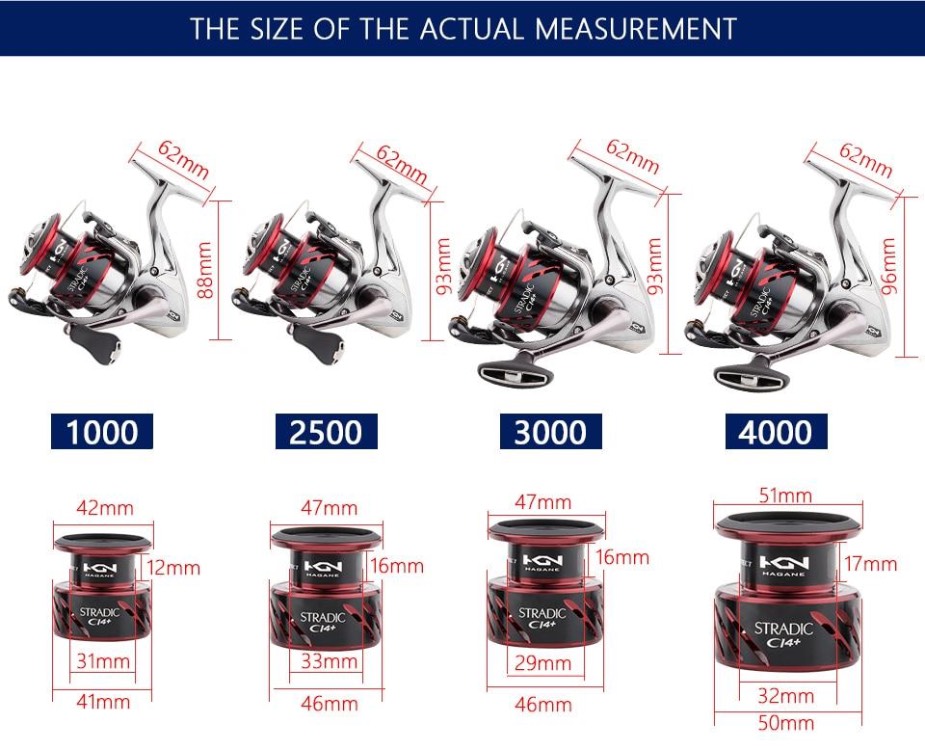
-
5 hours ago, Bilbobaggins said:
excellent write up. Enjoy your posts.
Was thinking of hitting up thomsons on high tide. Any success high tide?
I remember one day it was low tide and walked straight out into thigh deep water and hooked onto a whiting. Then the last thing that hooked on snapped my line.
the walk out it tedious. I might buy those welcher things.
Yes the big evening tides bring in the deeper warmer water and few whiting. Alternatively pick the warmest day and fish the low tide in the arvo.
-
A very good supplier. Freight Free > $125. Express post. Usually get their orders the very next day if Oz Post do the right thing. A good price at $349.50. It is the next larger size MGXTREME 30. A bit heavier at 168 grams.
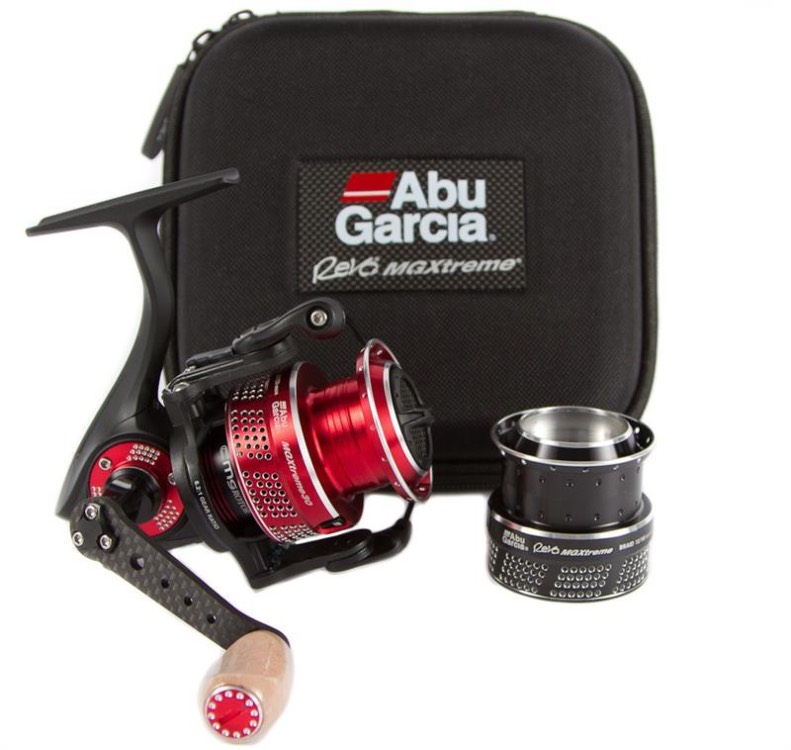
-
Everyone will have their own preferences as to what factor in a reel is most important to them.
For me, as I frequently will fish 6 to 7 hours straight casting lures for YFW & Flathead, I find the reel weight is critical. Especially given that I am developing arthritic conditions in my wrists and finger joints.
Fortunately the lighter reels also come with the better componentry and specs.
For waterproofing (as much as that may be possible) I heavily apply Lannox both internally and externally before a session. I do drop my reels into the drink more frequently than I would like. And they still seem to survive. I also have them regularly serviced at least once a year.
So for "top water YFW fishing" my two go to reels at present are;
Shimano Vanford 2500 @ 185 grams.
But I prefer the ABU GARCIA MGX Revo 2 MGXtreme 20 Reel @ 159 grams. It comes with a spare spool to boot. Different spool depth and capacity. Also spare handle knobs, so you get cork or EVA option. All in a nice well presented protective case.
My reel service guy does not like servicing the ABU as he says it is complicated mechanically.
Not the cheapest on offer, this reliable ebay supplier that I have bought from, has the best price at $332.49
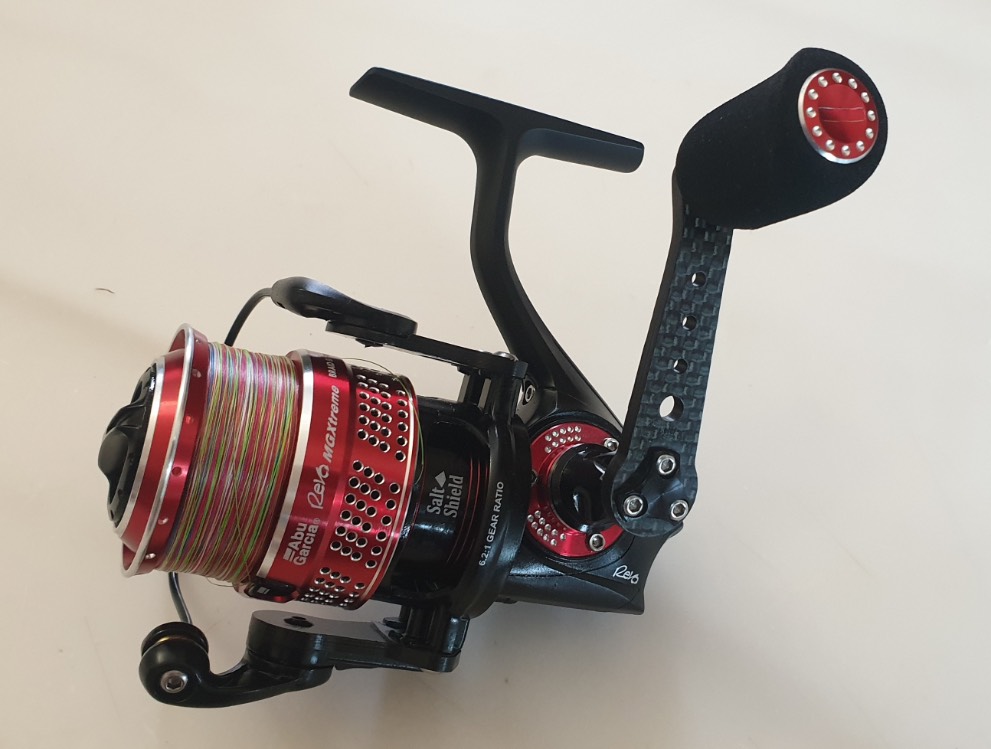
The following are some other reels that have attracted my interest but I am yet to check out;
DAIWA 17 GEKKABIJIN EX 1003C SPIN REEL
DAIWA 21 REVELRY MQ FC 2500 SPIN REEL
I would be interested to know what you decide on.
Cheers, Des
-
The Yellow Fin Whiting season is fast approaching. As the seasons and weather conditions change we have to think about and adapt to the changing behaviours of the Yellow Fin Whiting.
The most important thing for successful YFW lure fishing is knowing the fish!
It’s physiology. It’s habitats and ecosystems. Also it’s behaviour in all weather conditions and seasons.
The next most important thing for successful YFW lure fishing is knowing your spots. The geography and terrain.
There is always a right spot, for every weather and tide conditions. When do the fish go to a given spot? In what weather? On which tide? And what food is available there in these conditions?
The least important thing for successful YFW lure fishing is … lures !!!
Find the fish first. Before worrying about finding the right lure and technique.
Your chances of success will depend on assessing the weather and tide conditions on a given day and then understanding the behaviour of YFW in those conditions. YFW will be found in different locations, in different weather and tide conditions.
There is nearly always a good fishing spot available. Almost regardless of the weather conditions.
We are lucky to have the two gulfs and the Yorke Peninsula. It provides us with a variety of options regardless of the weather and which way the wind blows.
These are some weather and location factors that I consider, before I go lure fishing for YFW
TEMPERATURE
Early in the season air and water temperatures are critical for lure fishing. With the rising temperature their metabolism, muscle functions and locomotion increases.
At the start of Spring, I usually pick a day at the end of a series of warmer days. The water would have warmed up a little by then. It takes a while for the water temperatures to change due to thermal lag. And even then I prefer fishing the warmer afternoon on these sunnier warmer days. A smaller tide on these days is a bonus. Less water to warm up in the shallows. Bigger tides can bring in cooler deeper water into the warm shallows. However this dynamic is ever changing and does go into reverse in the hottest months. Stay alert to the different water temperatures at different water depths at different times of the year.
By November, water temperatures are now consistently over 20c. Low water temperatures and a low metabolism in the YFW is, no longer a factor. A chilly morning in summer may just dull the fish’s appetite. But by mid day as they gather in the deeper areas after the morning run off they will be back to their aggressive best.
Yes the water temperature can get too hot after a hot spell. Then the obvious thing is to fish the cooler mornings.
Also pick deeper water locations during hot weather spells. Where the fish can find some relief from the hotter surface water temperatures of the shallows. If fishing the afternoon incoming tide, you will need to fish back deeper in the tide. Where the water is cooler on those very hot days.
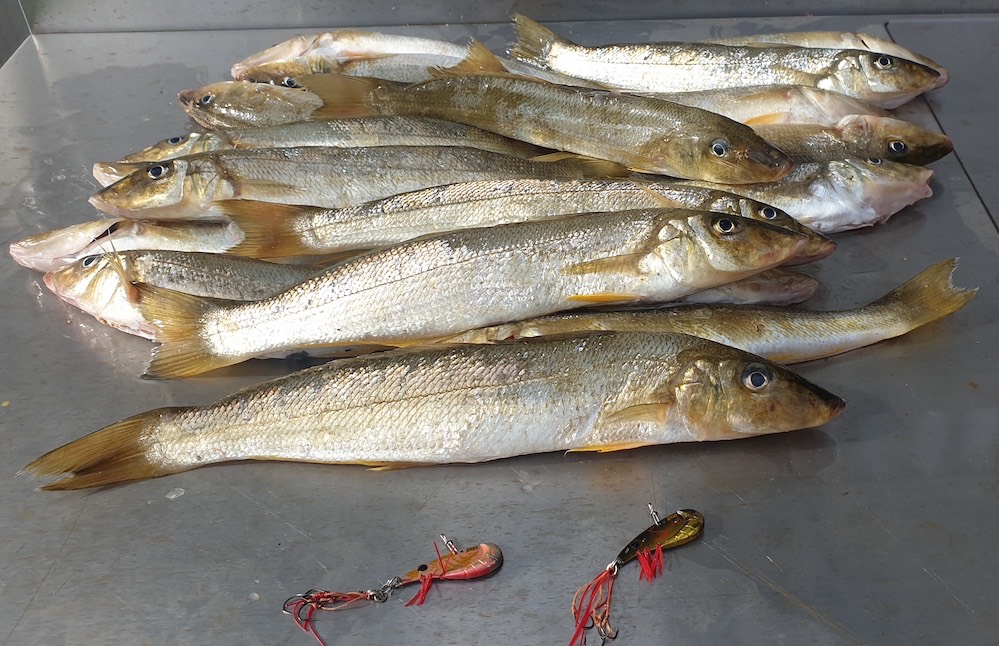
…… Early in the season blades work better, as fish stay deeper and are less likely to rise for a surface lure.
WIND
Given that water temperatures are good, wind is the next most important factor for stimulating YFW surface feeding.
The perfect wind for lure fishing YFW on an open sand flat, is in the 6 to 12 knots range. Perfect to stimulate YFW feeding as they feel a lot safer under the cover of a heavy ripple or light chop on the surface of the water. The chop sufficiently obscures their vision, so they are not too discerning with lures in these conditions. Although too windy and too choppy, will stir up the sand and dirty the water. Fish will move to more protected and cleaner water.
Strong winds are okay. In fact can be brilliant for concentrating fish in certain spots.Your spot selection in these conditions becomes critical. The geography of the Yorke Peninsula and gulfs gives us a myriad of options regardless of which direction the wind is blowing. With the gulfs and peninsula, you will always have a section of coast with an offshore wind.
In strong winds, a lot more fish are gathered on the leeward coast, as they move away from the open rougher waters.
Less floating weed and accumulated weed wracks on the leeward side is also a bonus. So strong winds are great for concentrating fish in certain areas.
…. A video of the ideal wind when lure fishing YFW
…. Both fish and their predators can be found sheltering from the wind in mangrove areas.
HABITATS
The varied marine habitats and terrain also provides a few options for windy days. There are habitats that provide sheltered areas regardless of onshore strong winds. A spot behind a mangrove forrest wall will have less chop and cleaner water. This area attracts and holds a lot more fish as they shelter from the rougher conditions outside. Often these strong on shore winds will produce a bigger tide, due to a storm surge. The fish take advantage of this as it provides access to fresh feeding areas around samphire beds behind the mangrove wall.
Flooded in shore lagoons on a high tide are calmer and protected from the heavy churning chop. They will hold more fish in windier conditions. There are plenty of sandy bays and coves on the Peninsula that exist because they are sheltered, always in the leeward side of the prevailing strong winds. The water here is always cleaner and clearer, with fish more abundant in this location during windy conditions. Persistent strong winds are good. Don’t curse them, use them to your advantage.
You may need to travel to the other side of a gulf to do this. Or even a trip down to the beautiful calm and sheltered waters of Hardwicke Bay, Point Souttar and Corny Point.
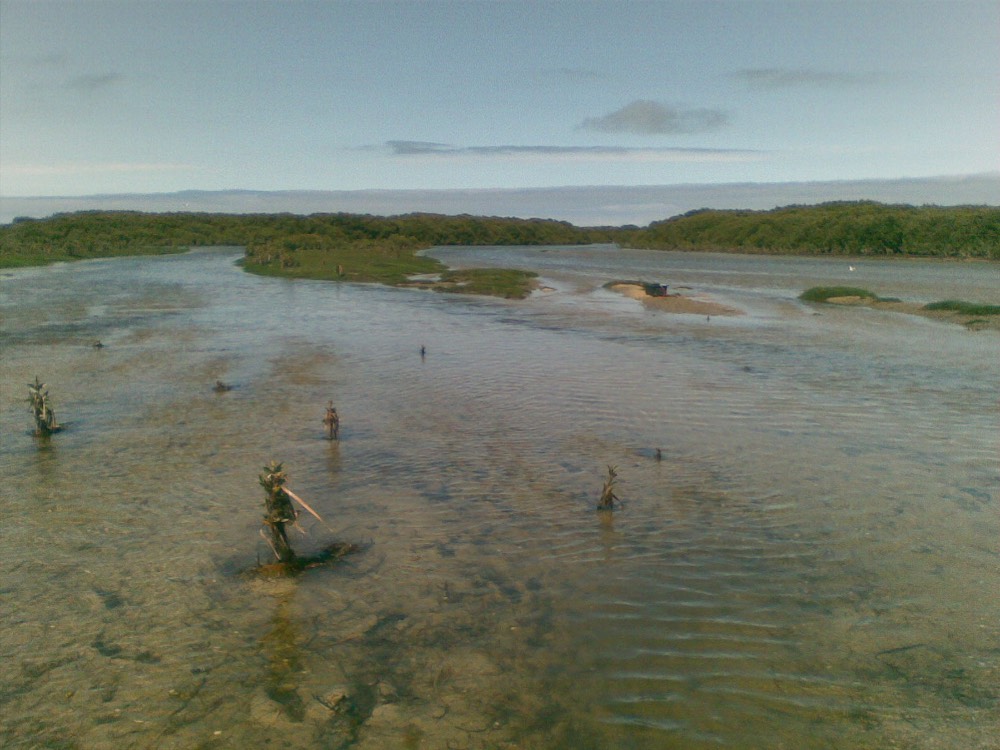
… An area sheltered by mangrove walls, that will hold more fish in stronger onshore winds.
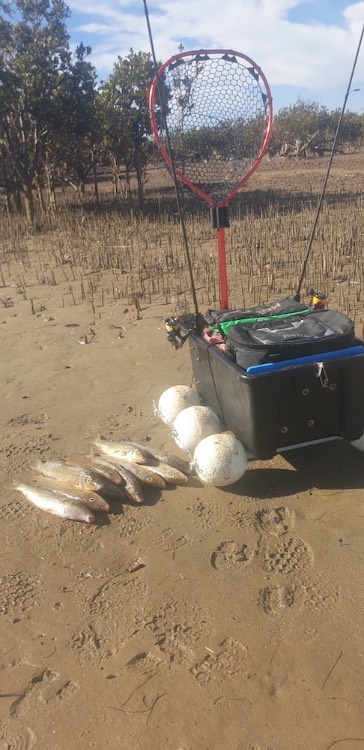
…. These fish were taken at the entrance of some mangrove areas
TERRAIN
Windy days on the open sand flats, will find fish sheltering in the deeper channels that will offer protection from the wind chop in the shallows. You will also find the leeward protected side of weed banks will hold more fish. Conversely should the winds be very light the windward side of a weed bank will have more food stirred up and hold more fish. What ever the wind does, there is a suitable spot to be.
A windy day bonus - long casts downwind, always catch more fish. I avoid fishing on calm days if I can help it.
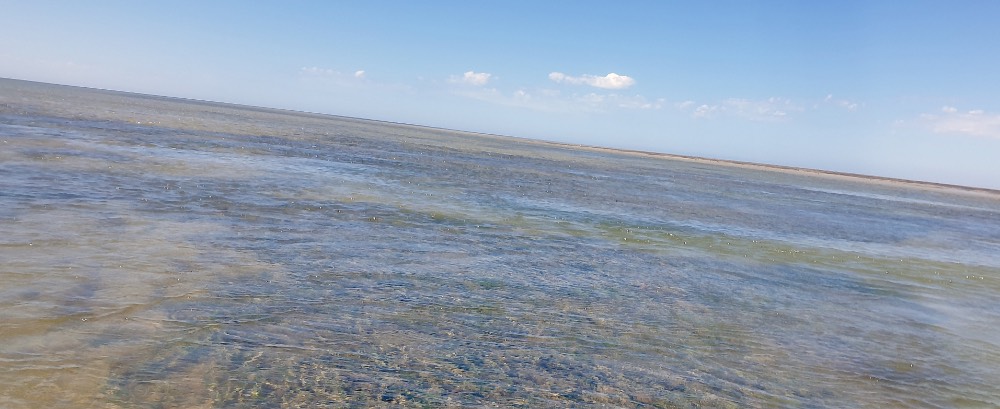
… Channels and weed banks provide some shelter
TIDE
Any water movement provides a feeding stimulus for YFW. The tides are the most common cause of movement and will always influence fish behaviour.
However even on a dead dodge tide, SW wind surges, afternoon seabreezes, or changes in atmospheric pressure can create enough stimulating water movement, regardless of the poor tide predictions. A small stimulus on an otherwise listless day often produces a disproportionate stimulatory reaction from the fish.
Given that the main opening to the Gulfs face SW most tides will be boosted by a SW wind. Low atmospheric pressure will also draw in a larger tide. Factor these in to the published tide predictions, as there always is always a great deal of variation in tide heights on the sandflats.
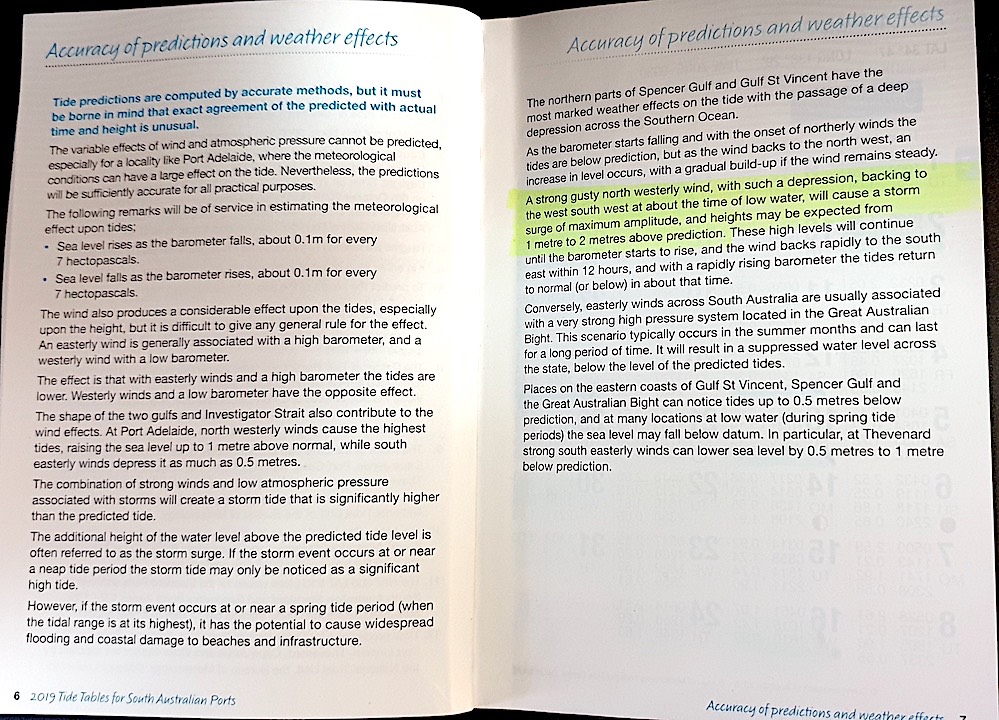
… An old tide book explaining the factors that can effect tide height.
The small dodge tides can be taken advantage of. The small tide holds and concentrate fish in larger numbers in a smaller area, rather than a big tide dispersing them over a large area. At times fishing these conditions can be more like “shooting fish in a barrel”.
Big tides provide fish accessibility to new feeding habitats. Big YFW love the small Haswell crabs that live in the Samphire beds, behind the mangrove forests. This food becomes accessible to the YFW during the big tides that cover the Samphire beds. The YFW are a much easier target when they make their way in and out of the samphire beds, in a dropping big tide.
Wether it be a Dodge tide or a big Spring tide, or light winds or strong winds, you will always be presented with a few different fishing opportunities, with the different conditions.
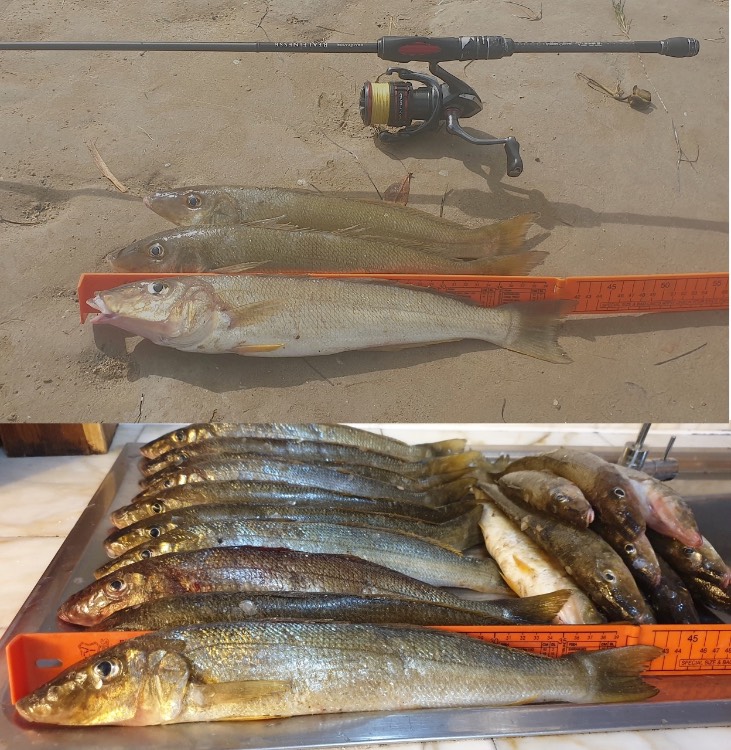
…. Some of the largest YFW are taken on the biggest tides when they were chasing Haswell crabs in the Samphire beds
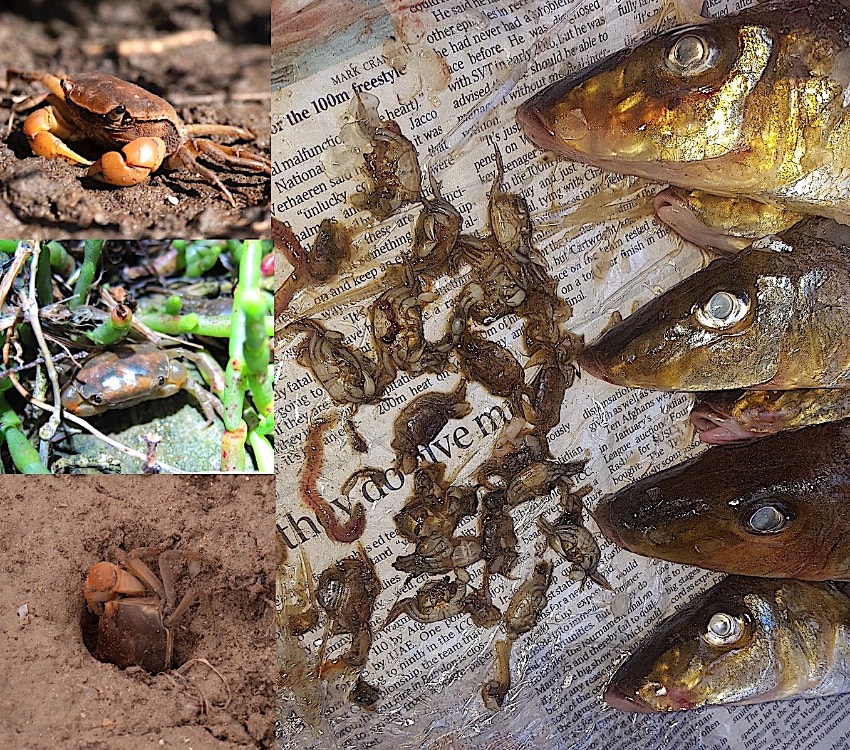
…. Crabs in the gut contents of YFW
CURRENTS
Some locations with deeper major channels, that drain the sandflats have increased water flows. The localised currents, can stimulate fish feeding. It is a good location in a dodge tide when these channels can amplify water little water movement there is in the tide.
These channels will usually bring in water of a temperature that offsets the existing shallow water temperatures. The deeper water also provides a refuge in either temperature extreme. In ambient temperature conditions they are also the tidal highways for fish.
There are also major ocean currents that come into play. In winter the major Leeuwin current flows across from WA and effects the lower Spencers Gulf water temperatures. Boston Bay in Pt. Lincoln is well known for winter YFW.
I have caught bags of YFW in the middle of winter on southern Yorkes when the locals tell me you won’t see them till October.
A Northerly wind with a following Westerly change will flick in the warm water flows of the Leeuwin current and bring with it schools of YFW. Maintain a fishing log. They are a great reference.
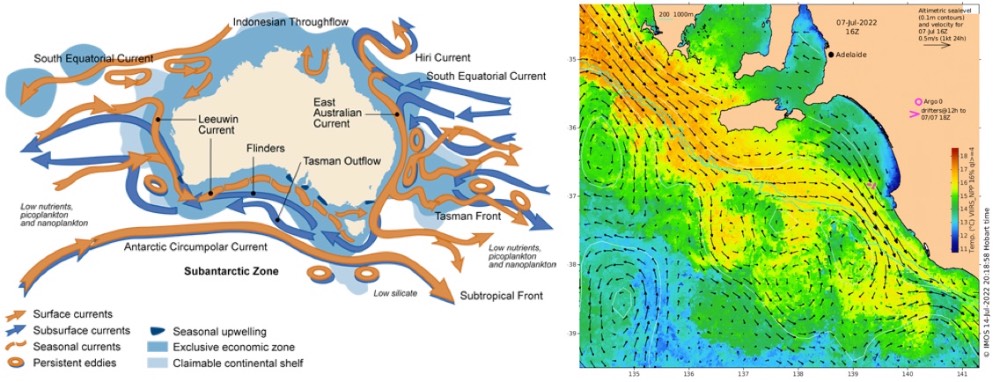
…. The Leeuwin current brings warm water temperatures to the southern Spencers Gulf in winter
SUNSHINE !!!
On sunny days you catch more fish! It probably is the extra warmth and the better visibility of the lures. But it does not matter if you don’t catch fish theses beautiful days !
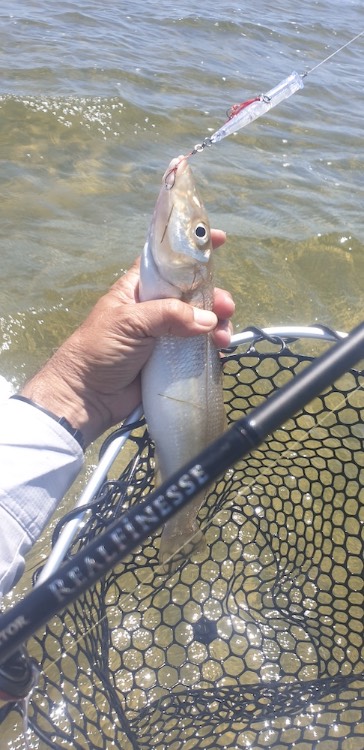
… It is always good fishing in the sunshine
So you either you pick the best weather days for your regular spot, or you pick a new spot to suit the weather and tides on the day.
One way or another you should be able to catch a good feed of YFW on lures. Regardless of the weather.
Tight Lines,
Cheers, Des
-



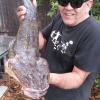
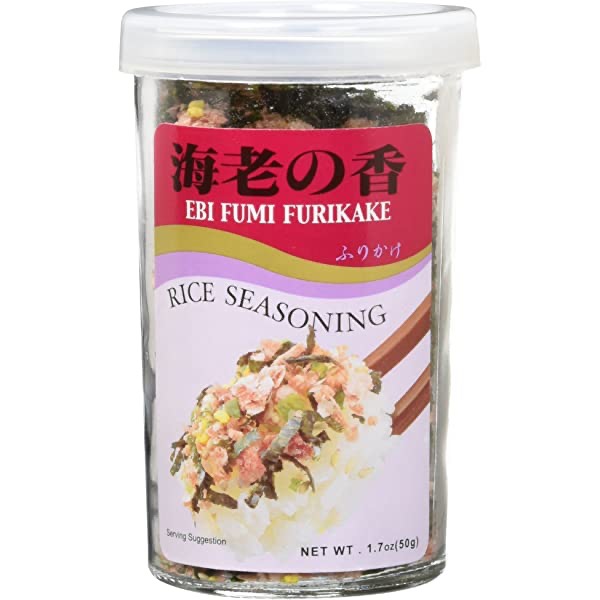

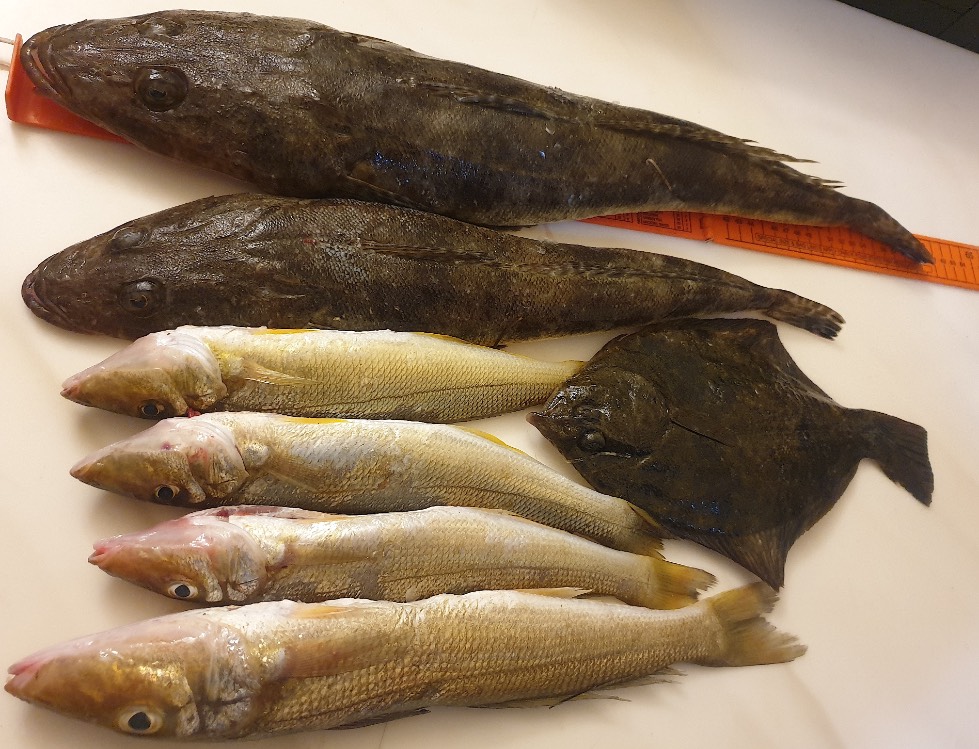
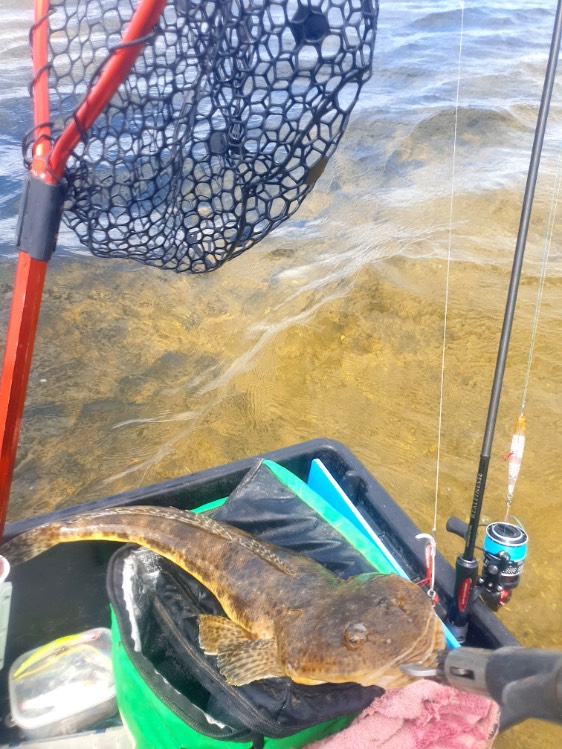
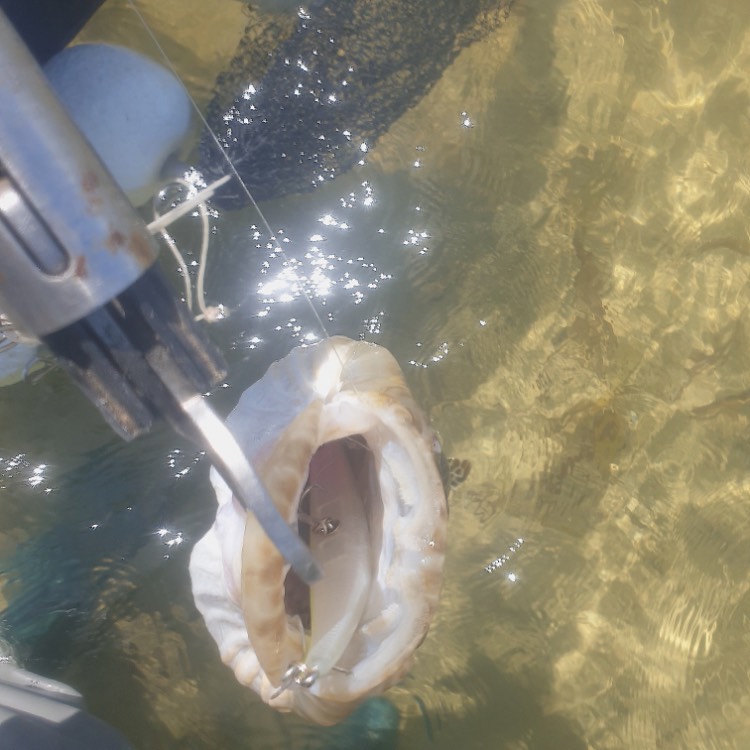
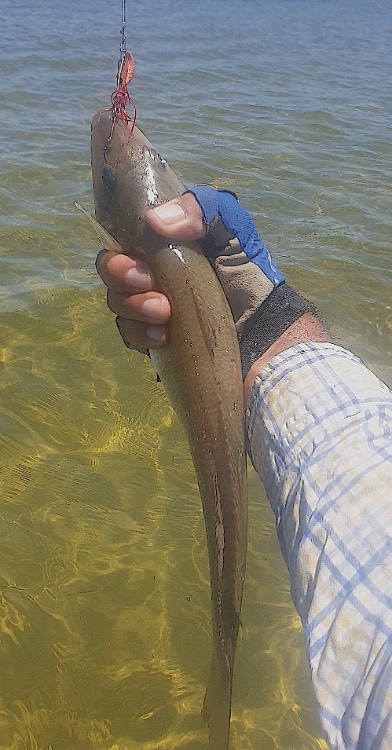
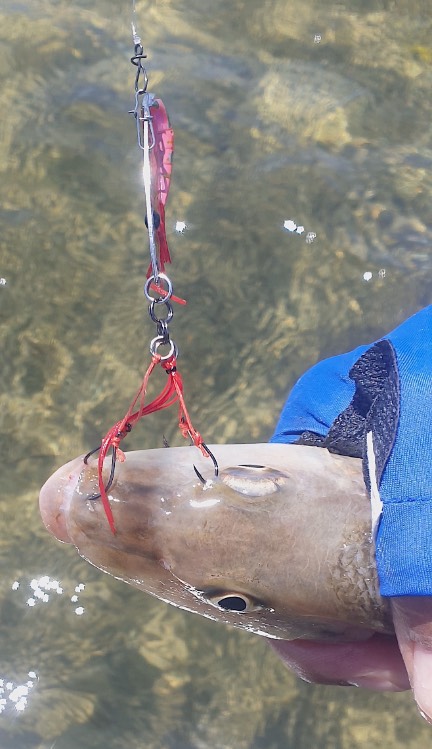


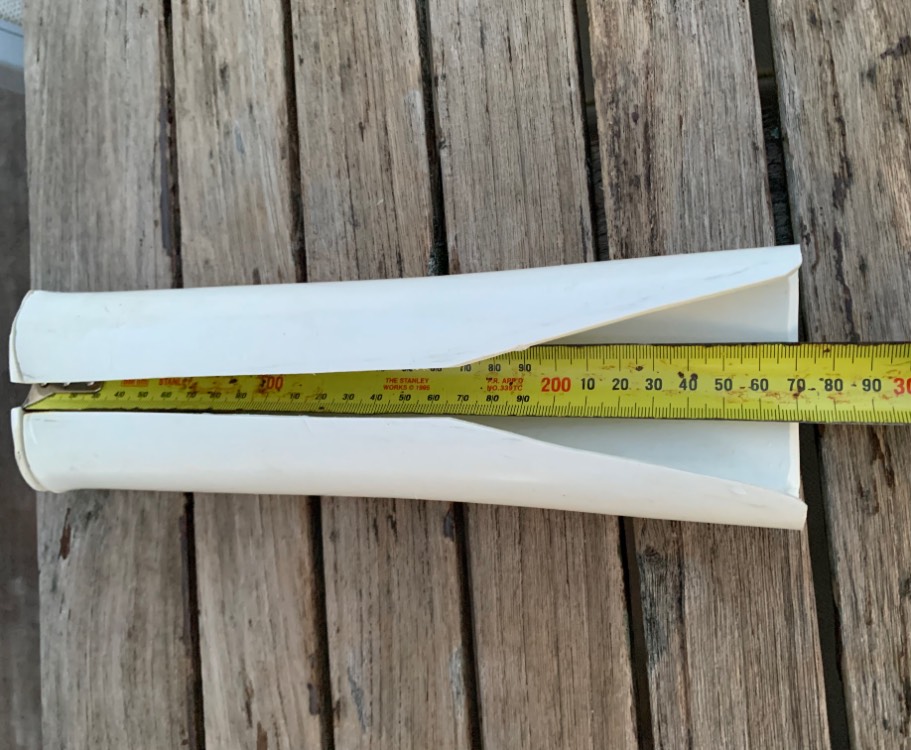
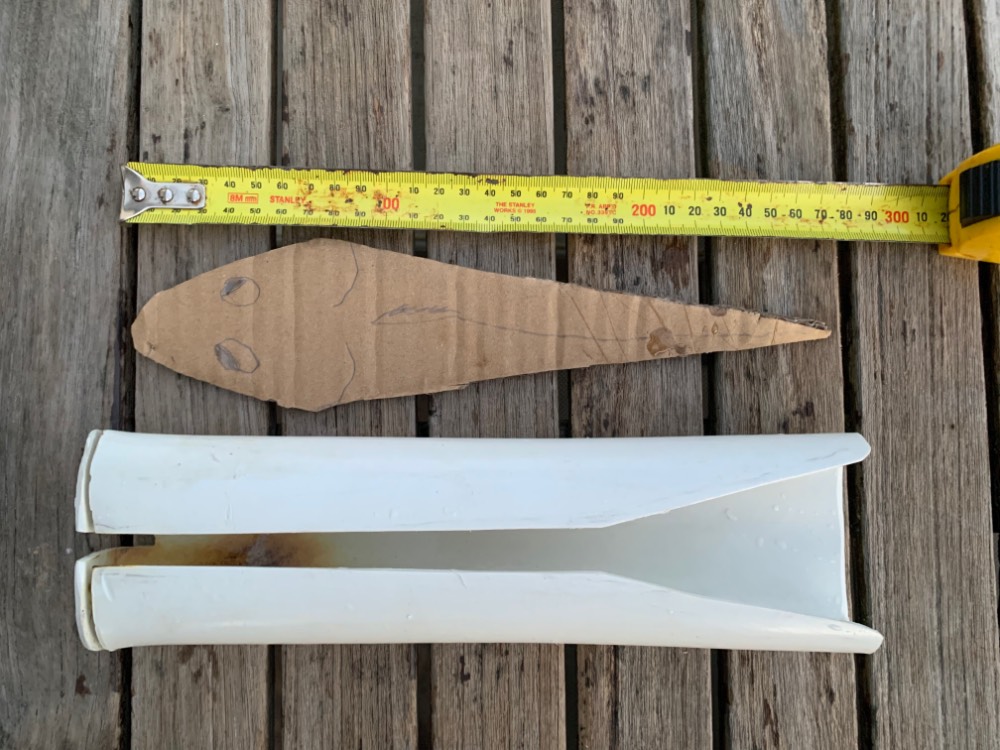
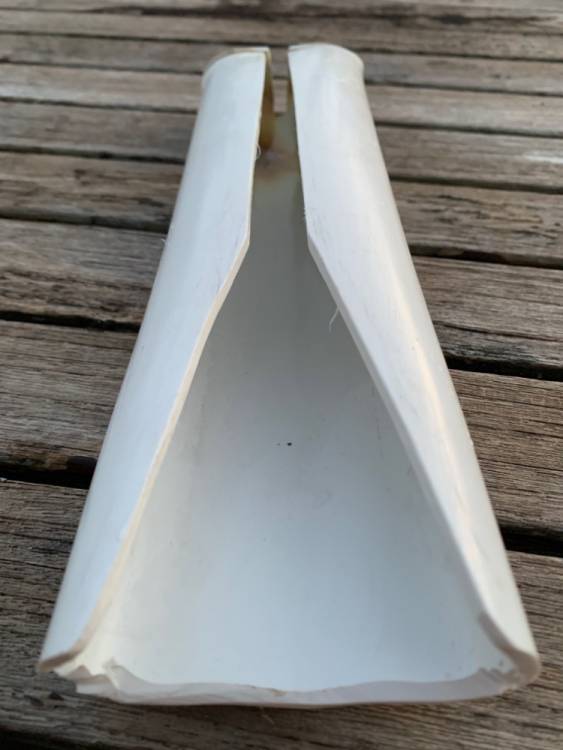
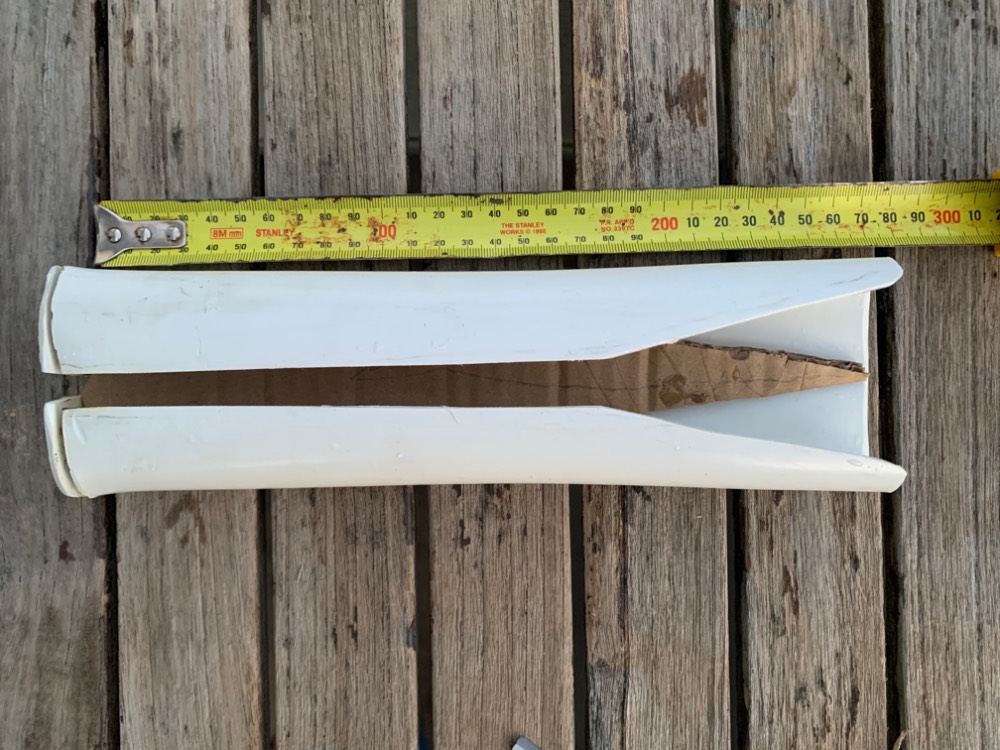

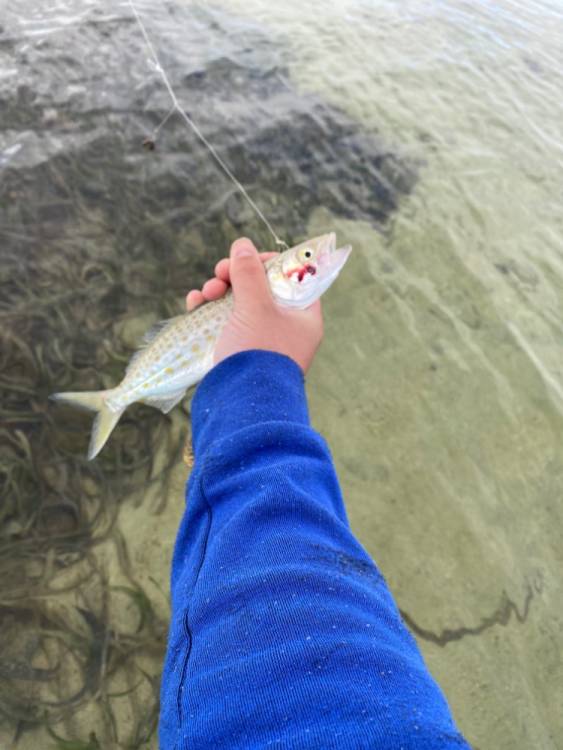
Whats your Favourite way to cook fish?
in In The Kitchen
Posted
I do like experimenting with my cooking. When I tire of the frying I usually go to a bake ( or too many Curries!)
A couple of Fish bakes I have concocted:
Baked Fish with Cheese, Anchovy and Herb Crust
INGREDIENTS
Extra virgin olive oil
600g fillets Fish
2 Onions thinly sliced
Oregano, Rosemary, Capers
Lemon Juice and Zest
Garlic, crushed
Feta
Tomatoes, thinly sliced
Breadcrumbs - Wholemeal
5 Anchovies
Fennel seeds
Thyme, Rosemary, Paprika
Butter melted OR Olive oil
Parmesan grated
- Coat of Olive oil on baking dish. Place a layer of fish fillets. Skin side down.
- Mix Onions, Feta, Lemon juice & zest, Capers, Oregano, Rosemary and Garlic in Olive oil. Spread it out evenly over Fish.
- Place tomato slice in a layer over onions. Add salt and pepper.
- Place another layer of Fish over the tomatoes. (Can repeat previous process for a deeper dish)
- Mix the Breadcrumbs, Anchovies (crushed), Parmesan, Garlic, Fennel seeds, Paprika, Rosemary and Thyme. Add melted butter or oil and mix. Spread the crumbs in an even layer over the fish. Drizzle over a little oil.
- Bake the fish until the crumb is golden and the fish cooked